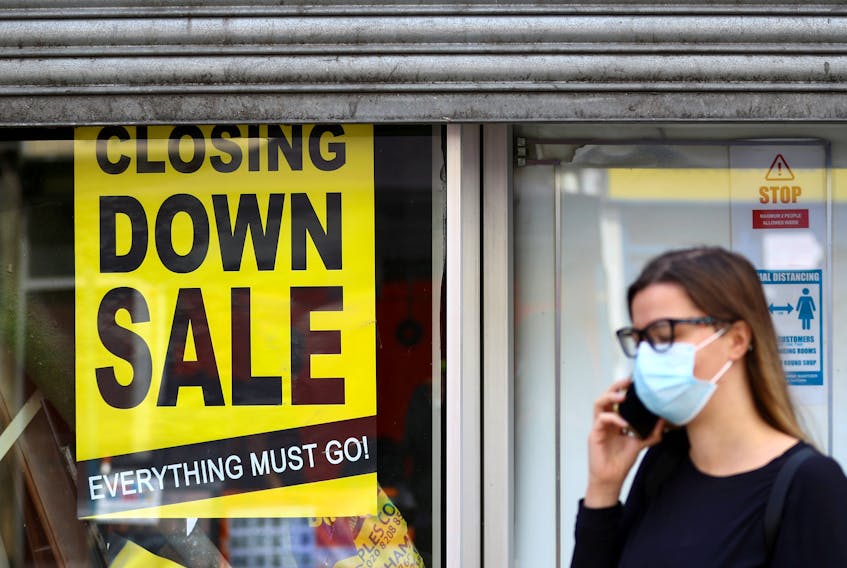By Andrew MacAskill
LONDON (Reuters) - The spread of the coronavirus continues to increase across all parts of England with cases doubling every nine days, according to a new study by Imperial College, putting pressure on the government to introduce more drastic lockdown restrictions.
The respiratory pandemic has killed more than 45,675 people in Britain, the highest death toll in Europe.
Prime Minister Boris Johnson's strategy of local lockdowns to try to contain a second wave is failing to stem the number of infections. Anger is also rising over the economic, social and health costs of the biggest curtailment of freedoms since World War Two.
The infection rate is rising in all age groups with the highest spread of the disease in the northwest of England and Yorkshire and the Humber region, Imperial found.
The researchers calculated the reproduction "R" number of COVID-19 infections in England, which measures how many people an infected person will pass the disease to, is at 1.6, indicating the epidemic is growing.
"These interim findings paint a concerning picture of the situation in England, where we’re seeing a nation-wide increase in infection prevalence, which we know will lead to more hospitalisations and loss of life," said Paul Elliott, the chair in epidemiology and public health medicine at Imperial.
"Now more than ever we must all work together to curb further spread of the virus and avoid subsequent overwhelming of the health service."
The study, which involved testing more than 85,000 volunteers, found 128 per 10,000 people were infected in England in the two weeks ending Oct. 25, compared to 60 per 10,000 in the same period ending Oct. 5.
(Editing by Stephen Addison)









